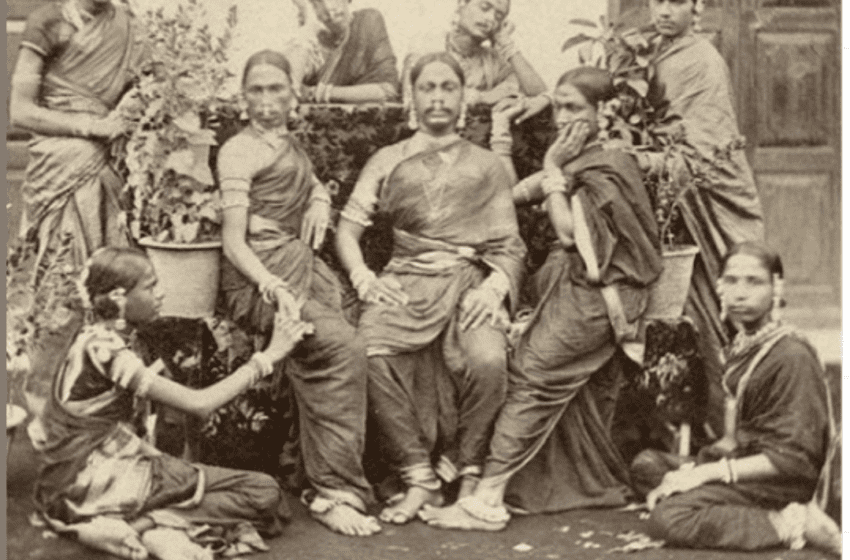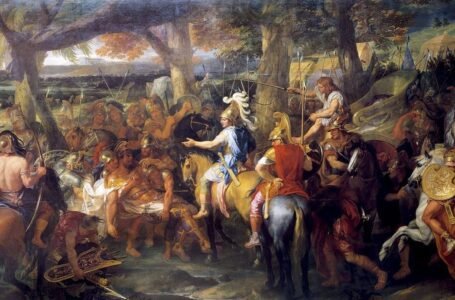THE HISTORY OF TRANSGENDERS

Disproportionate to the overall trend, the extent and intricacy of history run parallel to that of humanity. Transsexuality by its larger definition encompasses a range of identities from transsexuals to intersexuals and from all continents across cultures, societies, and years because they exist in some form or another all through history. Even during times of challenge, however, transgender people were able to find places in their societies and create places where even the world has oscillated between the fence and understanding and oppression.
In many ancient societies, gender diversity was recognised and celebrated. For example, in the Indian subcontinent, the hijra community, which consists of transgender and intersex individuals, has a historical record that dates back thousands of years. Words associated with hijras can also be found in ancient Hindu texts like the Mahabharata and Ramayana, which have been noted as having divine connections and blessings. As a part of the traditional Hindu way of life, Hijras would perform at weddings and childbirth ceremonies, because they were believed to bring good fortune and fertility. But this all changed with the advent of British colonial rule, which changed the attitude towards the hijra community completely and criminalised them as a “criminal tribe,” a stigma that lived on even after independence. A culture like that would recognize and respect those individuals deified by possession of both masculine and feminine qualities and would refer to them as Two-Spirit people. This is often a modern English word used to describe many very different kinds of roles and identities that Two-Spirit people hold in their Indigenous societies. Two-Spirit people were viewed as sacred within their communities as healers, spiritual leaders, and mediators. This was all disrupted through European colonization and the encroachment of Christian norms, leading these Two-Spirit people toward the margins and erasure of their position in Native cultures.
It was believed that the galli, priests of the goddess Cybele, in the early Mesopotamian times also had people possibly today considered as homosexuals. The Galli priests used to undergo ritual castration and then proceeded to don female-like clothes and exhibit an entire behaviour signifying servitude to their goddess. The accounts vary from the Galli up to ancient Rome and Greece of men who chose a life that was not traditional with their gender. Generally speaking, these societies allowed some gender variability in a religious or theatrical context; however, they also enforced rigid rules for behaviour that restricted an individual’s acceptance beyond these contexts. Equally diverse is the historical account of gender variance in Asia. In Thailand, the kathoey have long been a recognized and visible part of Thai society; the term kathoey is often translated as “ladyboy.” There are varying attitudes among present-day Thais toward these de facto parts of the cultural and historical fabric of the region. In Japan, during the Edo period, the male actors who specialized in playing female roles were called onnagata and worked in the field of kabuki theater. Such performers were not only admired for the art they had brought to life but also expounded on the complexities of gender and identity.
During the Middle Ages, Christianity severely condemned any transgression against the strictly binary norms of gender. Despite this stifling climate, it did not obliterate cases of individuals who defied this condition. Perhaps one of the most famous examples is that of Eleanor Rykener, a 14th-century English trans woman who lived and worked primarily as a prostitute and embroiderer. The court records that revealed her story gave an unusual glimpse of life for those who did not conform to gender norms in this period. Joan of Arc also concocted a protonate award of posthumous speculation about her notions of gender, wearing male garb and leading the troops of France to victory. Even though these times were great for shifts in thinking, the Renaissance and Enlightenment periods increased the interest in matters related to science and humankind’s diversity while also pathologizing gender variance. By the nineteenth century, European and American societies began to account for transgender identities mostly in medical or psychological paradigms. The pioneer sexologist Magnus Hirschfeld in Germany and Havelock Ellis in England, who dealt with what they called “transvestism” and “inversion,” paved the way for modern perspectives on gender dysphoria. In particular, Hirschfeld was a forerunner in endorsing transgender rights, founding the Institute for Sexual Science in Berlin in 1919. This institute provided support and medical care for transgender individuals, including some of the first documented gender-affirming surgeries.
They were promising and harrowing times for transgender individuals in the early twentieth century. This Weimar Republic in Germany was one of the most progressive, also the high time of Hirschfeld’s work. Famous at that time were figures like Lili Elbe with one of the first surgeries for gender affirmation. But that was followed by the establishment of the Nazi regime, which destroyed Hirschfeld’s institute and targeted the LGBTQ+ community. In the United States as well, much discrimination remained against transgender people, but they began forming networks and underground communities to offer some support to one another. At the mid-20th century, transgender visibility and advocacy took a decisive turn. Christine Jorgensen became an American household name when she underwent surgery in Denmark- in 1952- to become who she is now; a trans woman. Her popularized story put on an unprecedented light on transgender issues, but it brought with it an equally great amount loud scrutiny. Already on this such, figures like Sylvia Rivera and Marsha P. Johnson stepped up to be known as one of the leading voices of the movement fighting for transgender as well as LGBTQ+ rights. Both were at the frontline of the Stonewall riots in 1969- which has been noted as a breakthrough battleground for the LGBTQ+ rights movement.
Emergence of organizations and movements working towards transgender rights took place even during the latter half of the 20th century. The recorded events of collective organized resistance against police harassment by trans individuals can be traced to 1966 in San Francisco. It was known as Compton’s Cafeteria Riot. Along the similar lines as Stonewall, the case was a highlighting event for the intersectional struggles of transgender along with racial or economic minorities. Legal and medical advances during the last decades of the 20th century and the first decades of the 21st century have further conditioned the conditions under which transgender persons find themselves. The 1990s and the 2000s bore witness to the establishment of more “inclusive” healthcare and the introduction of laws around gender identity in different countries. Yet again, the Argentine 2012 Gender Identity Law, allowing individuals to change their gender markers without the need for medical or legal barriers, has been acclaimed as one of the most progressive laws in the world. Likewise, the amendment by the World Health Organization to declassify transgender identities from being cited as mental disorders in 2019 was a major turning point in global attitudes. At the same time, however, abuse and violence against transgender persons continue to rank highest. Studies showed that transgender persons were constantly at risk of poverty, high unemployment rates, homelessness, and other mental health-related problems. The instances of violence and murder statistics indicated that transgender women of colour fall victim to these acts. This has made the case for the continuing need for advocacy, education, and changes to the system. Cultural representations of transgender people have changed in recent times. From early depictions littered in novels and celluloid that the people relating them acted out as massively negative portrayals, representation has now been multi-layered and found in great contemporary media. Unfortunately, visibility has turned against the very creature-soaring visibility; being out of sight has become increasingly dangerous for transgender individuals as targets of backlash and bigotry.
In recent years, social media has turned out to be that one instrument for the transgender cause and community building. It has allowed this community along with the likes of Twitter, Instagram, and TikTok to showcase their stories, teach others and bridge geographical boundaries. Such has been the case with hashtags such as #TransRightsAreHumanRights and #TransIsBeautiful, which have boosted voices that were once silenced to create a worldwide network now filled with solidarity and support. The past of transgender people is not a straight road of progress; it’s still a kind of tapestry made of resistance and resilience. In most instances, transgender people have traversed across times and places that have alternated from reverencing, condoning, and persecuting them. It’s a story that indeed challenges rigid ways of thinking about gender and shows how different the human experience is. Even in a way, as humanity continues to ask questions of identity and inclusion, the past of transgender people bears witness to their long-lasting presence and contribution.


